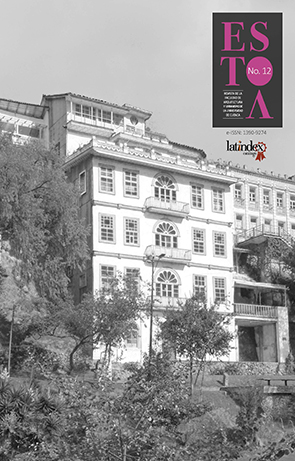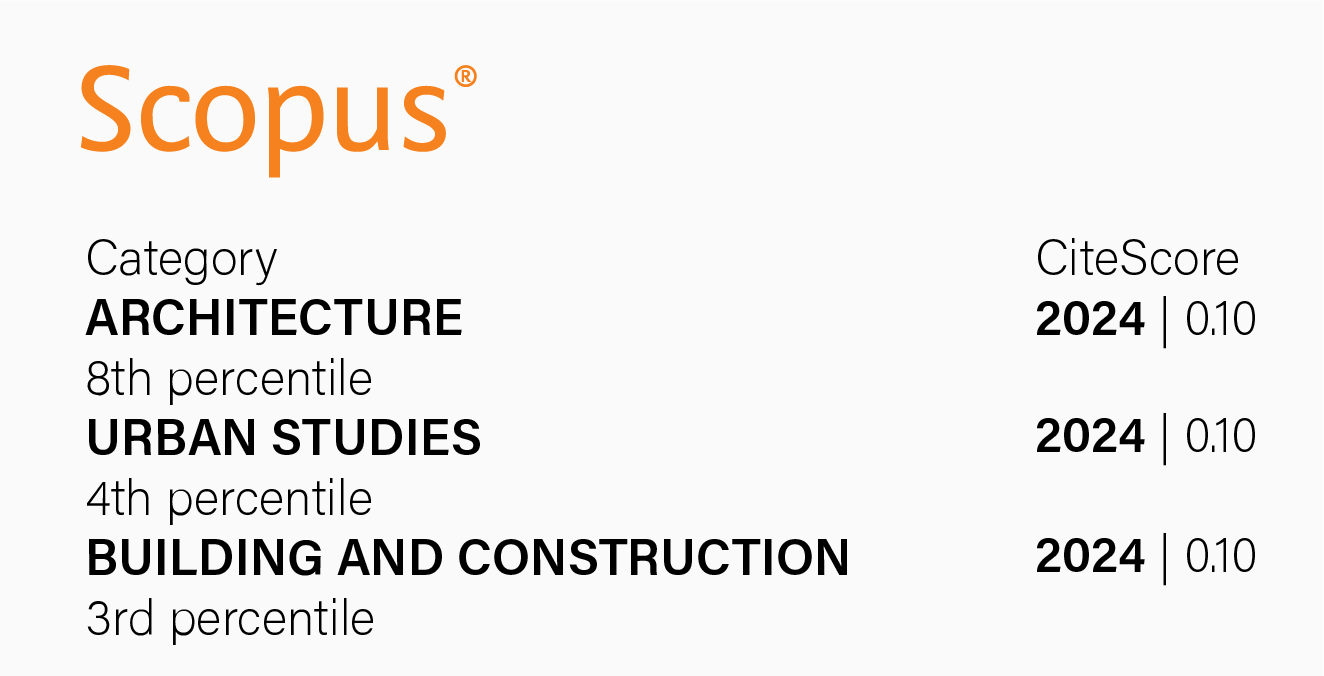Bioclimatic conditioners in the colonial architecture of Colombia: the house-yard in Cartagena de Indias y Bogotá
DOI:
https://doi.org/10.18537/est.v007.n012.a01Abstract
The urban housing of colonial times, shows a symbiosis of the Spanish typological model with vernacular materials. They were one-storey dwellings built with earthy materials and an inner courtyard around which the living room, the bedroom area and a multiple space serving as a food, seed, firewood and working tools deposit were available. However, popular architecture is conceived in response to the conditions of its environment. The model of Spanish colonial architecture was conceived, implanting architectural answers with criteria of comfort derived from the European climatological conditions. The present article presents the results of the analysis of the Spanish typologies, implemented in two Colombian cities: Cartagena and Bogotá; With a bioclimatic analysis that allows to determine similarities and differences between the two cities and aspects that can be replicated in the current architecture.
Keywords: Bioclimatic, Spanish typologies, Colombian colonial housingDownloads
References
Covo Torres, J. (1991). La casa colonial cartagenera. Bogotá, Colombia: El Áncora Editores.
Gistinus, J. y Robertson, D. K. (1983). Thermal perfomance and energy conservation characteristics of various sun-dried adobe brick envelopes. Alburquerque Nuevo Mexico: New Mexico Energy Institute, University of Mexico.
Graham McHenry, P. (2005). Adobe. Cómo construir fácilmente. Ciudad de México, México: Editorial Trillas.
Hazañas, J. (1989). La casa sevillana. Sevilla, España: Consejería de Cultura, Junta de Andalucía.
Instituto Distrital de Patrimonio Cultural (IDPC) (noviembre de 2016). Obtenido de http://idpc.gov.co/recuperacion-integral-del-centro-historico/
Rapoport, A. (1969). House, form and culture. Milwaukee, EE.UU.: Universidad de Wisconsin.
Rodríguez, P. (1994). La vida doméstica en la colonia: nacer, casar y morir en casa. Credencial Historia n.º 55, 3-6.
Romero, J. (1976). Latinoamérica: las ciudades y las ideas. Buenos Aires, Argentina: Editorial Siglo XXI, primera edición.
Silva, M. (2001). La vivienda a patios de origen hispánico y su difusión en Iberoamérica. Actas del III Congreso Internacional del Barroco Americano. Argentina: Universidad Nacional de Tucumán.
Téllez Germán, M. (1982). Arquitectura doméstica Cartagena de Indias. Bogotá, Colombia: Editorial Escala.
Published
How to Cite
Issue
Section
License
The Journal declines any responsibility for possible conflicts derived from the authorship of the works that are published in it.
The University of Cuenca in Ecuador conserves the patrimonial rights (copyright) of the published works and will favor the reuse of the same ones, these can be: copy, use, diffuse, transmit and expose publicly.
Unless otherwise indicated, all contents of the electronic edition are distributed under a Creative Commons Attribution-NonCommercial-ShareAlike 4.0 International License.




